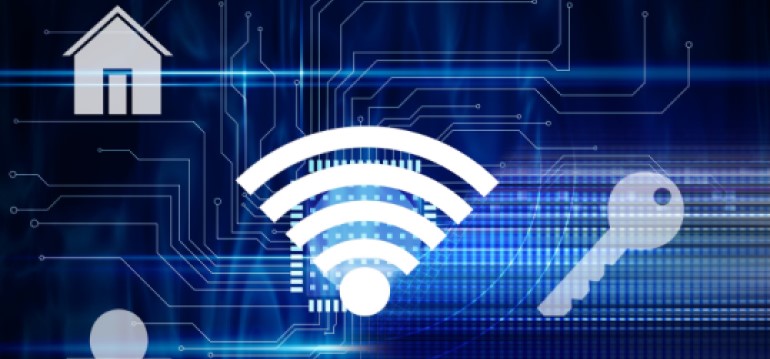The smart home security segment continues to grow. The worldwide shipments of devices reached 801.5 million units in 2020, an increase of 4.5% over 2019 and are predicted to surpass 1.4 billion in 2025 with a CAGR of 12.2%. The expansion means a wide range of devices are rapidly entering the market, for example digitally connected and controlled devices for burglary or hazard prevention, motion sensors, door locks, security cameras and surveillance services.
The truth is more and more consumers want to feel safe in their own homes. That’s why smart home technologies are increasingly appealing to them. They’re easy to install and use, and give customers the much needed peace of mind.
However, both indoor and outdoor security devices face liquid protection challenges from the ever-changing weather conditions, humidity, or steam coming from the kitchens and bathrooms. If a customer lives by the sea, the wind-driven rain and salt water can cause rapid degradation to their smart systems. If they live in urban areas, sulphur pollution can become the enemy.
Manufacturers need to ensure that the electronic components are fully protected and have a high level of reliability and repeatability. Thankfully, standards and regulations with security products are evolving. In China, for example, the GA374-2019 standard outlines testing procedures for burglary resistant locks. These tests check for resistance to high temperatures, humidity and salt fog to ensure the smart locks won’t corrode.
What are the protection methods?
The first common protection method for outdoor electrical devices are seals, which are typically built into the casing to provide a physical barrier. Unfortunately, they are often inconsistent and prone to perishing over time. Liquid that enters the device can freeze in winter and degrade the housing even further. Under the warranty, the costs of damage will be covered by the manufacturer. But the product will have to brought back to the R&D stage to rectify the design issue, which means a lengthy wait for the customer.
The second method is the use of liquid based conformal coats that are applied to the printed circuit board. The issue with these though is that they lack reliability and repeatability. Manufacturers are therefore searching for a solution that provides stronger adherence to the printed circuit board array, limiting wastage.
To combat the unreliability and increase the smart device’s lifetime, we have developed a whole range of innovative liquid protection solutions by using a gas phase deposition, plasma enhanced chemical vapour deposition (PECVD), often referred to as nanotechnology.
Our Splash-proof hydrophobic and oleophobic nanocoating is applied to the full device to protect it against high humidity and water ingress. For further protection should liquid get forced into the device, P2i Barrier provides unrivalled protection for printed circuits boards to reduce field repairs and returned products; whilst eliminating scrap during the device assembly process. In addition, our end-to-end water protection solution, Dunkable®, ensures no seals or gaskets are required, putting an end to degradation even after damage to the security device’s outer case.
With nano-coatings, customers can benefit from greater flexibility and high-quality protection of their smart security systems. Their homes can not only become smarter but also greener as the solutions are more sustainable and durable.
If you’d like to learn more about how our nano-coatings can protect your smart home security devices from liquid damage, get in touch with our experts today.

